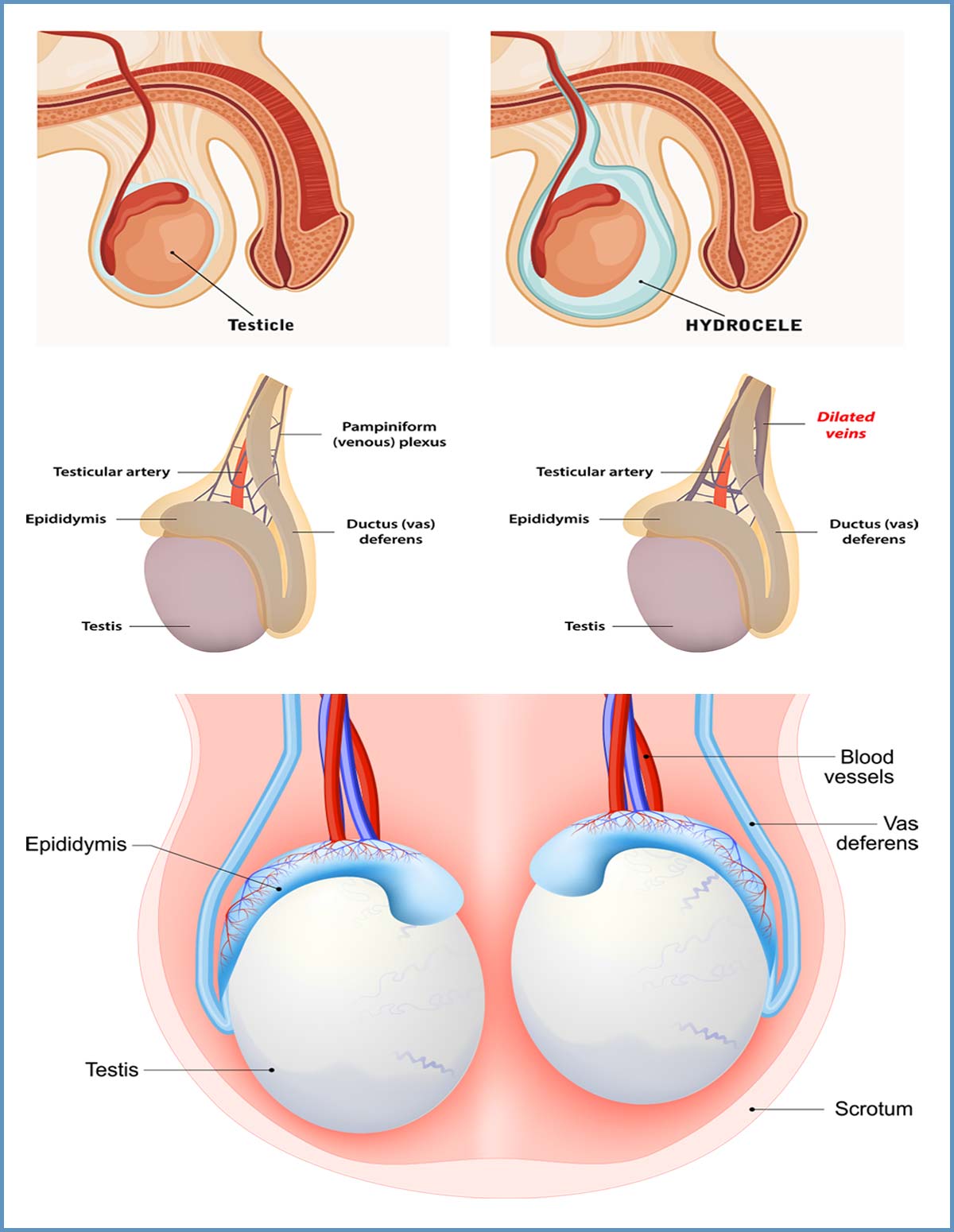When Procedure is Used
Hydroceles are particularly common in newborn males and can also occur in men over 40. While they may go away on their own, hydroceles can also cause swelling on one side of the scrotum, pain, and a feeling of uncomfortable heaviness. The cause of spermatoceles is unknown, but they may be caused by something blocking the tubes that transport sperm. Similar to hydroceles, spermatoceles are not particularly dangerous, nor do the cause infertility, but they can have similar unpleasant symptoms. While varicoceles also resolve themselves most of the time, these enlarged blood veins in the scrotum can block blood flow to other parts of the reproductive system, and they can reduce sperm count.
During Surgery
All three procedures are performed when patients are under general anesthesia so that they are relaxed and asleep. Your surgeon may use one slightly longer incision or may use multiple small incisions and a laparoscope. In the first instance, the surgeon will make a small incision and remove the fluid (hydrocele), cyst (spermatocele), or vein (varicocele). Your surgeon might also perform these procedures using a laparoscope. Laparoscopy requires multiple small incisions and allows the surgeon to watch the procedure through a small camera. A hydrocelectomy and a spermatocelectomy take only about an hour, and a spermatocelectomy usually takes one to two hours.
Risks
The risk of complications is very low. However, potential risks might include
- allergic reactions to medications
- nerve damage
- bleeding or blood clots
- infection
- injury to surrounding tissues
- numbness
Benefits
- elimination of pain and discomfort
- reduced likelihood of complications from the condition
 Hydrocelectomy, Spermatocelectomy, Varicocelectomy
Hydrocelectomy, Spermatocelectomy, Varicocelectomy







